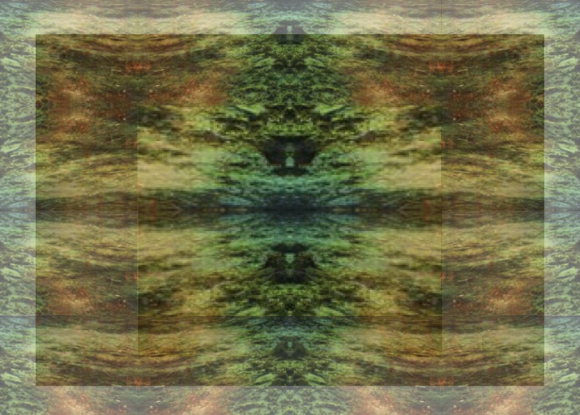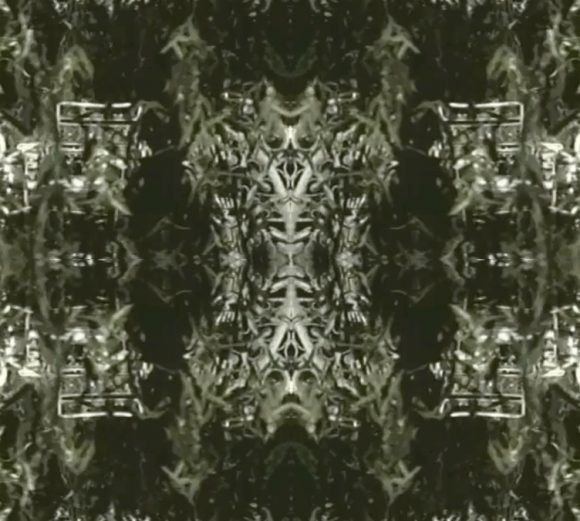I have traced interconnections, dependencies between archetypal ideas, e.g. between Spirit and Anima. These interrelations are what is behind the progression Ego-Shadow-Anima-Spirit in Jung’s typical layout. And I have said that these connections must be built into the archetypal ideas themselves.

We mustn’t make the mistake of thinking that this “must” is a prescriptive constraint on idea formation. Nor is it a methodological constraint on a theory, such as Jung’s, of the individuation process, or on an “ontology of soul in terms of archetypes” (MA 12). This is mistaken because it rests on an incorrect premise: as if it were us who construct such ideas or theories, and these interconnections were necessary for such work (of ours). In reality, the ideas of Anima and Spirit have existed long before our efforts to understand them (in those terms). We’re only discovering and exploring them, and bringing out their interrelations is a way of doing that. But we cannot simply choose or define these ideas (including their symbolic content); we can only find ways to make them clearer (to us). They have a pre-existent logic of their own, which we discover rather than create.
Moreover, there is a real question about who “we” are in this process (the process, that is, of becoming more aware of these ideas and their interrelations). It is tempting to substitute “humanity” or “the scientific community” or some such thing for the “we”; but then we are talking about something collective, and how could any one of us presume to be speaking for the collective (in whatever form)? A better way to answer it would be to say that “we” are individual souls working towards a deeper integration of our respective individual configurations — the configuration as an individual soul, that is, which in any case shares in these ideas. (We each share in soul, and this means that archetypal ideas are built into our individual soul: our psychology runs in patterns which conform to the archetypes.) As individual souls, the best we can do is reach a deeper understanding, and thus realize some of the potentials which we (each of us) have, grounded in this sharing. In this sense, what interacts here are individual souls and ideas (which we might treat as larger, collective souls).
And this, in turn, implies a strange ontology; what exists, according to it, are souls, and these can come in at least two forms (as individual persons, and as archetypal ideas). Individual souls, however, are not identical to human beings. Human beings are hybrids: we have a physical existence bound to space, time, and matter (i.e. we have a body that is located in space, exists for a limited span of time, and is more or less restricted to an organically functioning cluster of physical materials); but we also share in soul, and we share in spirit. More precisely, then, what interacts in the learning of the individual soul (as it gains a deeper understanding of archetypal ideas, such as Anima and Spirit, and their interdependencies) is only a part of the hybrid which makes up a human being; and it interacts with ideas. How?
Individual souls and ideas can interact because both can be imagined as persons. Human beings are seen as persons because, grounded in their sharing in soul, an ego (consciousness) is projected onto them. (Projected because the ego is seen in the hybrid that exists in the outer world, based on having a spatiotemporally located body. Projection is always something that originates in soul, where it is invisible, i.e. unconscious, and then is made perceivable in the outer world, as existing in space and time, such as in a living animal’s body.) If individual human beings can be understood as persons because soul projects them as such, ideas can be understood as persons, too, and the corresponding process (corresponding to the process of projection) in this case is personification. An individual must make an effort to treat an idea as a person, and this kind of work (generating narratives, myths, dreams, etc.) makes it possible that the idea then appears as person, in a way that it can be understood as one by individuals other than the one who does the work, too. By doing such work, the individual enriches the idea (the idea gains more varied forms of expression, of appearing to individuals). The result is communicated, and more individuals gain a deeper (e.g. clearer, more differentiated) understanding of the idea in which they share, thus the idea is present more widely and in richer forms. This is why this kind of work (which must always run from a particular individual towards enriching a shared idea) is called soul-making. Thus, while we do not create the ideas themselves (we already find them), we nonetheless add to them more ways of expression, for other individuals to perceive them.




[…] my last post I have outlined an interpretation of Hillman’s central idea of soul-making, and connected it with […]